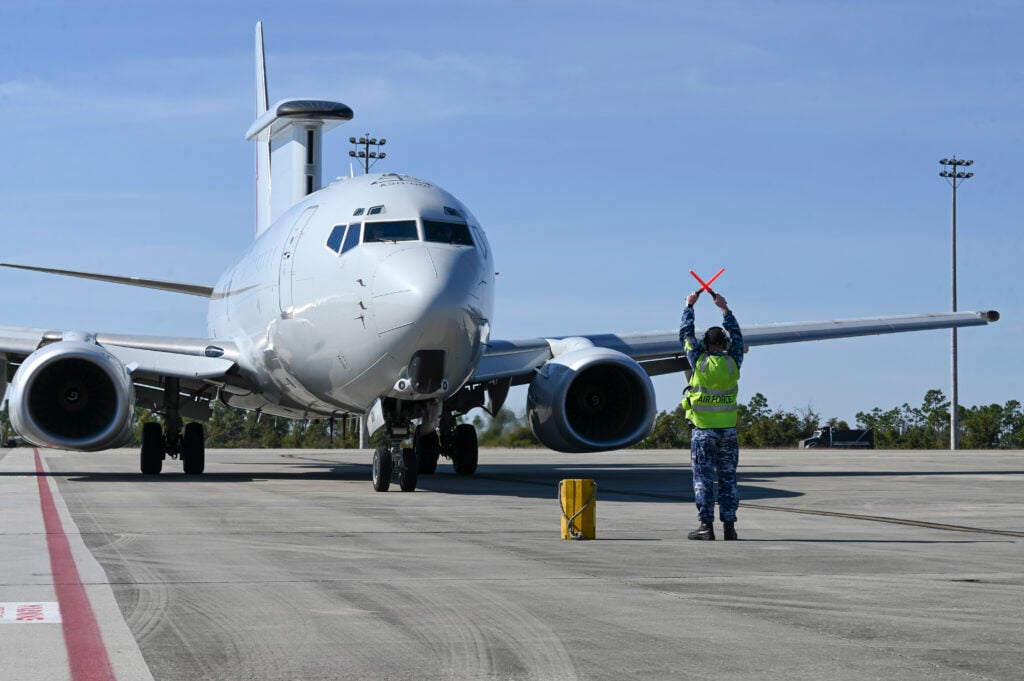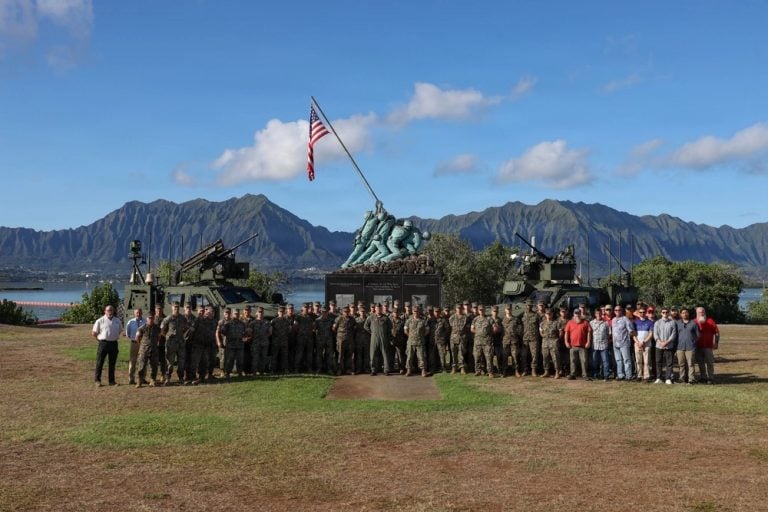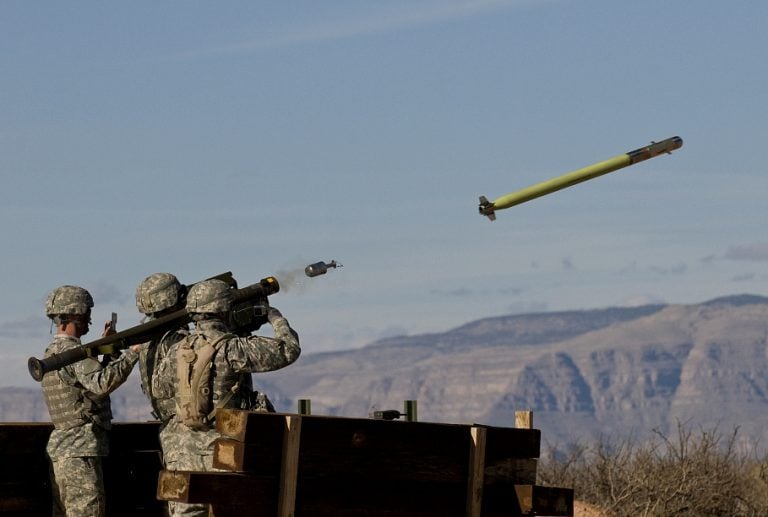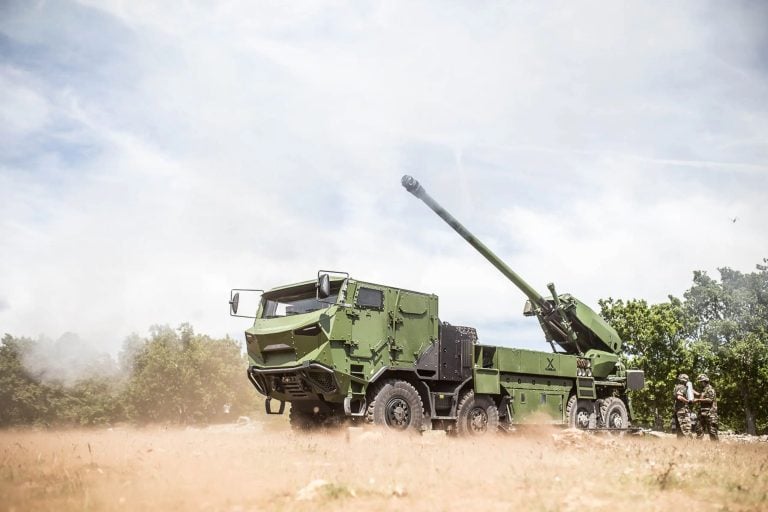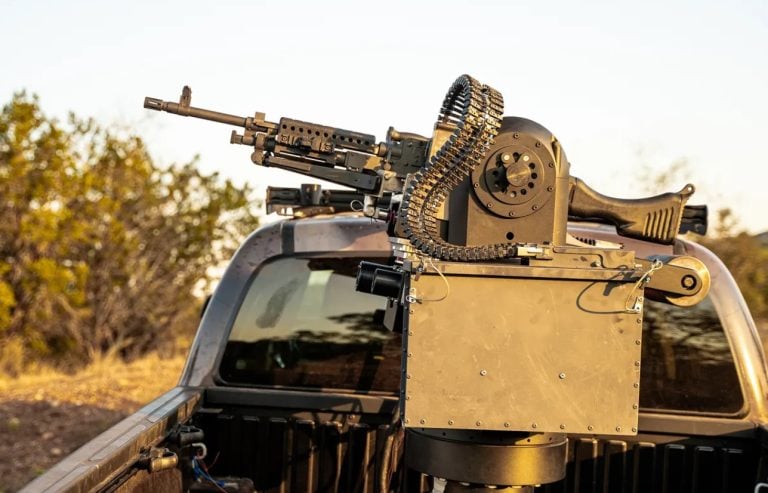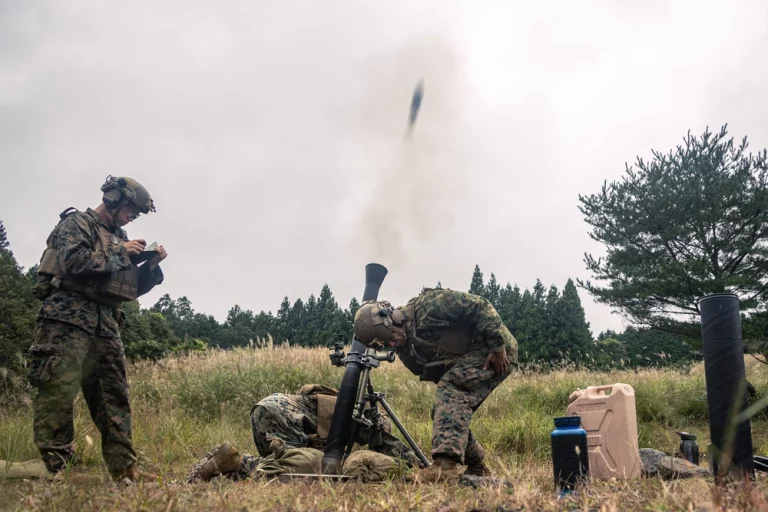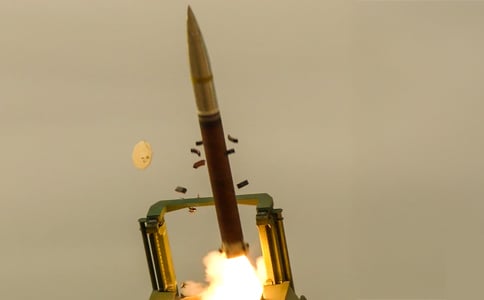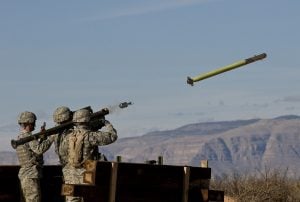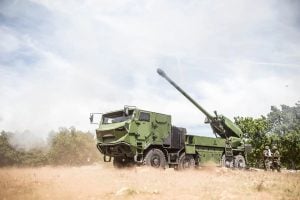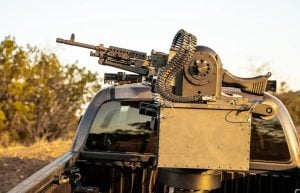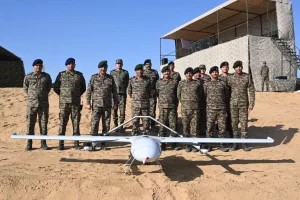The US Air Force has officially halted its E-7 Wedgetail Sentry Airborne Early Warning and Control System (AEW&CS) program as part of the fiscal 2026 defense budget rollout. This decision comes amid growing speculations regarding the program’s future, particularly as the Trump administration leaned toward prioritizing orbital systems over traditional airborne capabilities.
While acknowledging the E-7 as an excellent platform, a senior military official indicated that the program would be shelved to allow for substantial investment in space-based sensing technologies. These changes aim to bolster security measures for both homeland defense and theater security, particularly in the strategically vital Indo-Pacific region.
Initially chosen in 2022 to replace the aging E-3 Sentry AEW&CS system by 2027, the E-7 was intended to work alongside the Northrop Grumman E-2D Hawkeye AEW. There were plans to establish a fleet of 26 E-7s by 2032. However, escalating costs, which surged from $588 million to approximately $724 million per aircraft, coupled with concerns regarding the aircraft’s survivability in contested environments, contributed to the program’s cancellation.
During a recent Pentagon media briefing, the military official elaborated on the decision, highlighting the need to invest in alternative solutions, which include enhancing space capabilities and increasing the number of E-2D aircraft in service.
The E-7 Wedgetail, based on Boeing’s 737 platform, has been in operational use by allied forces since 2012, with NATO set to adopt the aircraft by 2028. The E-7 measures 110 feet (34 meters) in length and has a wingspan of 117 feet (36 meters). Its primary technological asset is Northrop’s Multi-role Electronically Scanned Array Radar. This advanced radar system can gather data from a distance of up to 600 kilometers (374 miles), track 180 targets simultaneously, and facilitate over 20 intercepts.
In addition, select E-7s feature integrated signals intelligence arrays, extending their scanning capability to 850 kilometers (528 miles). The aircraft is powered by twin CFM International CFM56 turbofan engines that deliver a total output of 136,500 horsepower, achieving a maximum speed of 460 knots (852 kilometers/529 miles per hour). With a service ceiling of 12,500 meters (41,010 feet) and a range of 3,500 nautical miles (6,482 kilometers/4,028 miles), the E-7 was poised to be a significant asset in modern military operations.
As the landscape of military technology continues to evolve, focus is shifting towards leveraging space-based systems for enhanced situational awareness and operational effectiveness.
